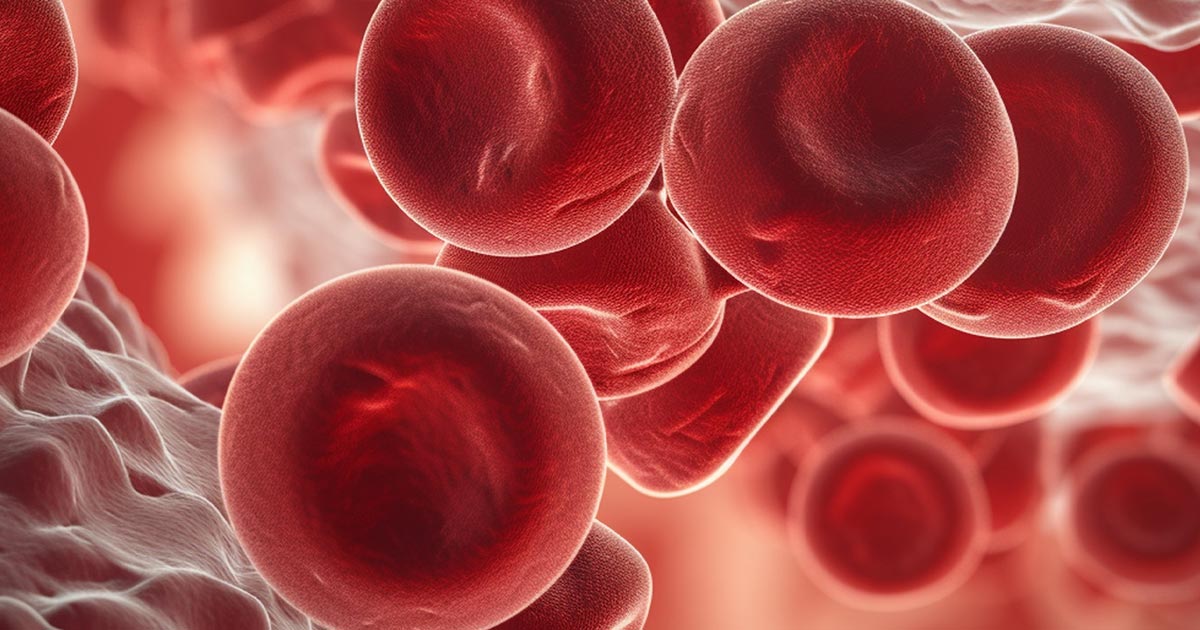Case 2: Discussion/Future Considerations
Ilene C. Wetiz, MD, professor of clinical medicine at the Keck School of Medicine at the University of Southern California, discusses important points to keep in mind when identifying patients at risk for PNH:
"So hemoglobin again is not hematuria. They are not the same thing. Delays in diagnosis are common and fatigue is independent of the degree of anemia, and it's really due to a cytokine, such as IL-6, that are driven by complement activation. And treatment with complement inhibition reduces the fatigue. It also reduces the pulmonary hypertension.
It reduces nitric oxide consumption and improves the quality of life. Who should you think about in terms of identifying patients at high risk for PNH? Well, hemoglobinuria, as we already discussed, there are only eight things that will cause hemoglobinuria.
PNH, AHUS or TTP, march hemoglobinuria, bad leaky cardiac valves, malaria. Occasionally called agglutinin disease, will present with hemoglobinuria, Clostridium perfringens bacteremia, which is extremely rare, but I did see a case of it and the enzymopathy, G6PD, et cetera.
So it's a pretty short differential diagnosis. So if someone has hemoglobinuria, your ear should be twitching that this might be PNH. They tend to have Coombs-negative at hemolysis.
So Coombs test is almost exclusively negative unless you intervene with a C5 inhibitor in which case they may develop C3 on the membrane. Thrombosis, as we already discussed in the first case. MDS, in some of the clinical studies, the actual incidence of PNH and MDS is somewhere around 2.5%.
Usually the clones are fairly small and then patients who have unexplained cytopenias and that includes aplastic anemia although they did lump it with the myelodysplastic group. It is interesting that aplastic anemia is strongly associated with PNH, and up to 60% plus of the patients with aplastic anemia will have a detectable, although not clinically significant, PNH clone identified. However, with treatment of the aplastic anemia, the clone may expand and the patient may develop clinical PNH. There is some thought that this may be related to the T-cell hit on the bone marrow that develops in aplastic anemia. And there's some data to suggest that the target of that T-cell attack may be the GPI anchor itself.
Newly diagnosed aplastic anemia patients, we flow all of them for a PNH, and then we follow the PNH clone after immunosuppressive therapy is initiated. So one of the things that this particular patient presented was fatigue.
And she's a very active, vigorous person, and it turns out that fatigue is one of the overwhelming complaints. So in a little validation study, we looked at 29 patients with PNH who weren't eligible for the original clinical trials. The overwhelming complaint was fatigue. 96% of them complained of fatigue. 76% of them were forced to modify their activities of daily living. They had to go home and take a nap. They had to get some assistance at home. They couldn't do all of their activities of daily living. 17% said they were unemployed as a direct consequence of the of the PNH of the fatigue and the other assorted side effects. Over half of the patients reported abdominal pain, headache, dyspnea, and dysphagia was common. In the males, 100% had erectile dysfunction.
The fatigue is not related to the anemia or the transfusions, the need for transfusions. And as you can see in this patient, the patient had a hemoglobin of 13 but was still complaining of fatigue, most rated their symptoms as moderate to very severe. And most of the patients were somewhat distressed by all these symptoms. It's really due to cytokines, in particular IL-6.
And there's some evidence that the patients may have a component of pulmonary hypertension due to nitric oxide consumption from ongoing hemolysis. On the right hand side, you could see pulmonary hypertension. A well-documented, may be due to the nitric oxide depletion from intravascular hemolysis, but also may be due to recurrent pulmonary emboli.
And there's data from Anita Hill that suggests that about 60% of patients will have some evidence of previous pulmonary emboli. Chronic kidney disease is not unusual in these patients. Remember, when you have intravascular hemolysis, those hemoglobin dimers then travel through the kidney.
There then is iron deposition in the kidney as the hemoglobin is broken down. But the tubular cells can't export iron. They don't have ferroportin receptors and so the iron is stuck in the kidneys and you can develop interstitial nephritis due to the iron deposition and they may also have microthrombi."
Read more about

